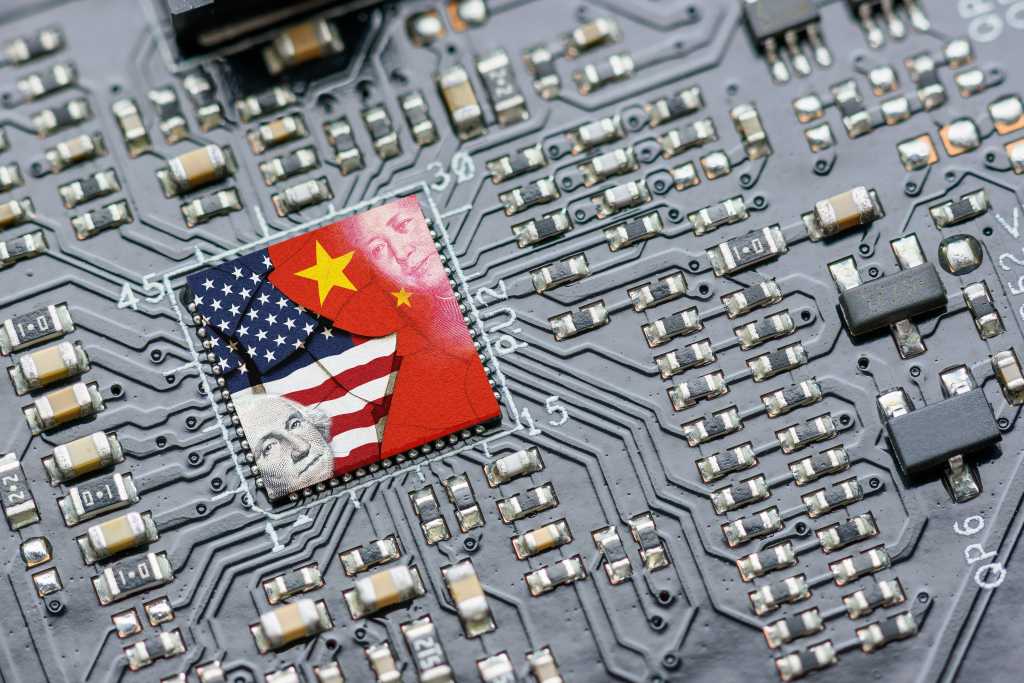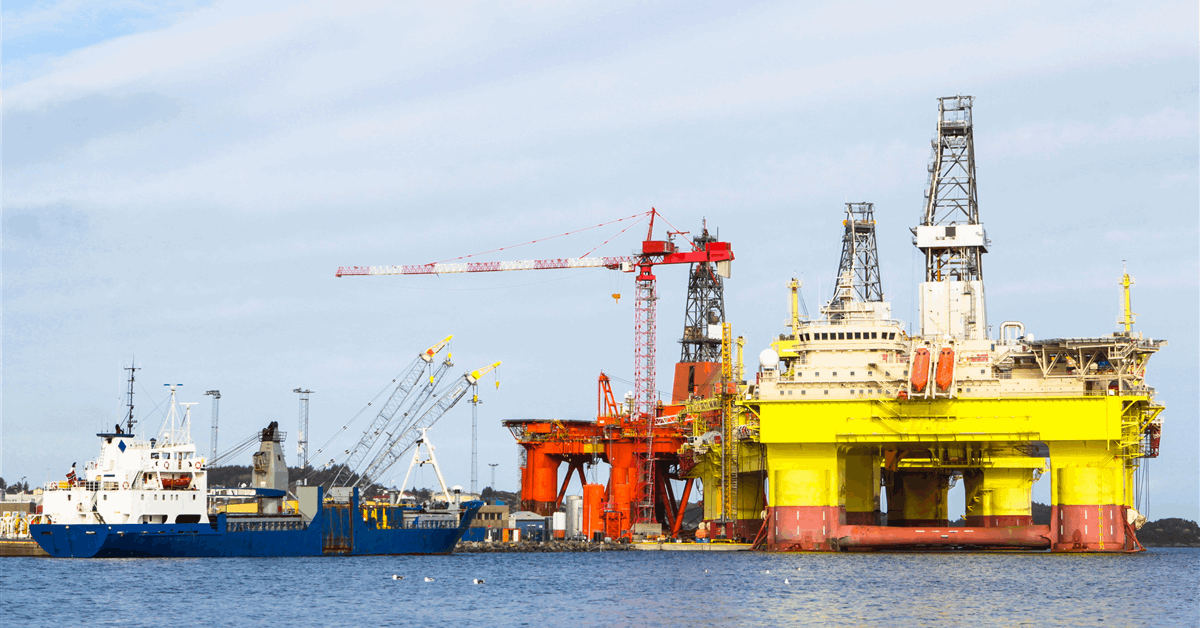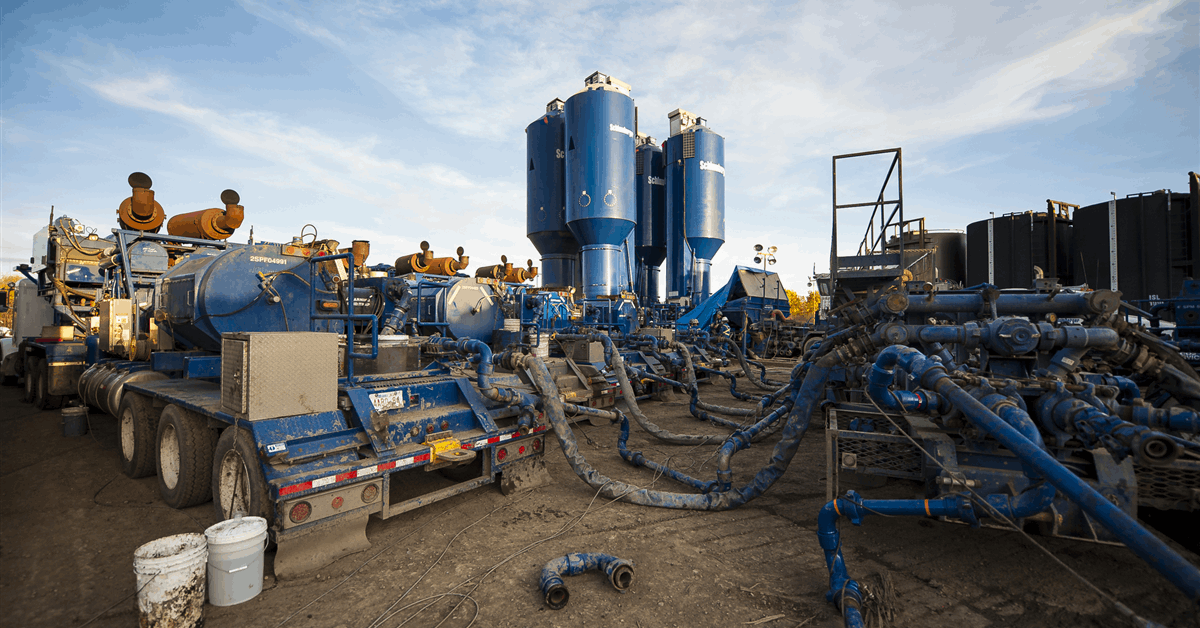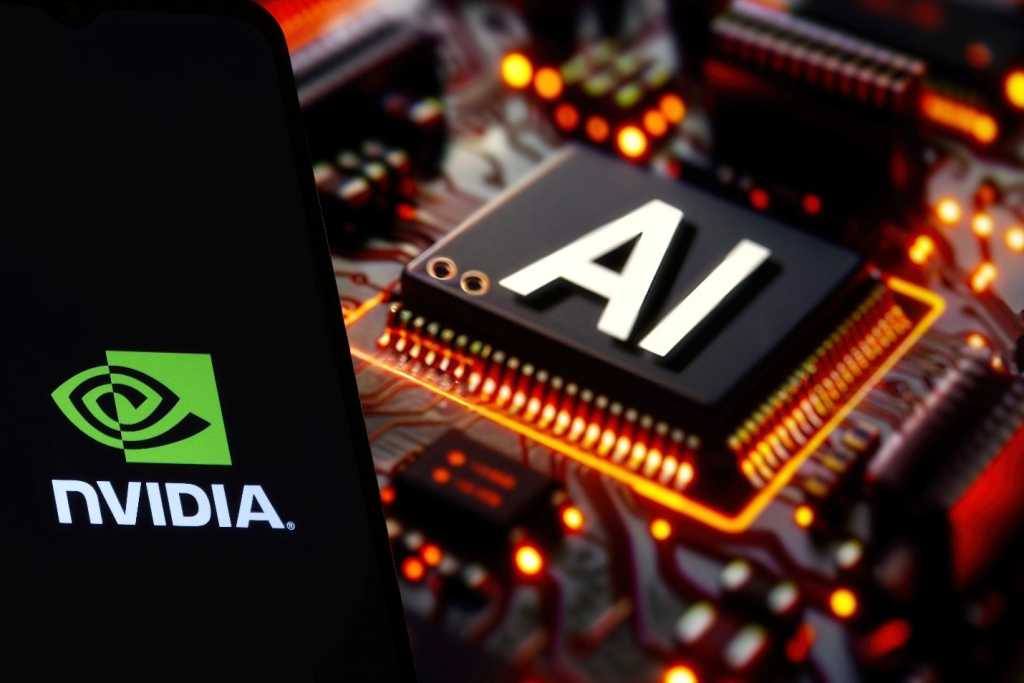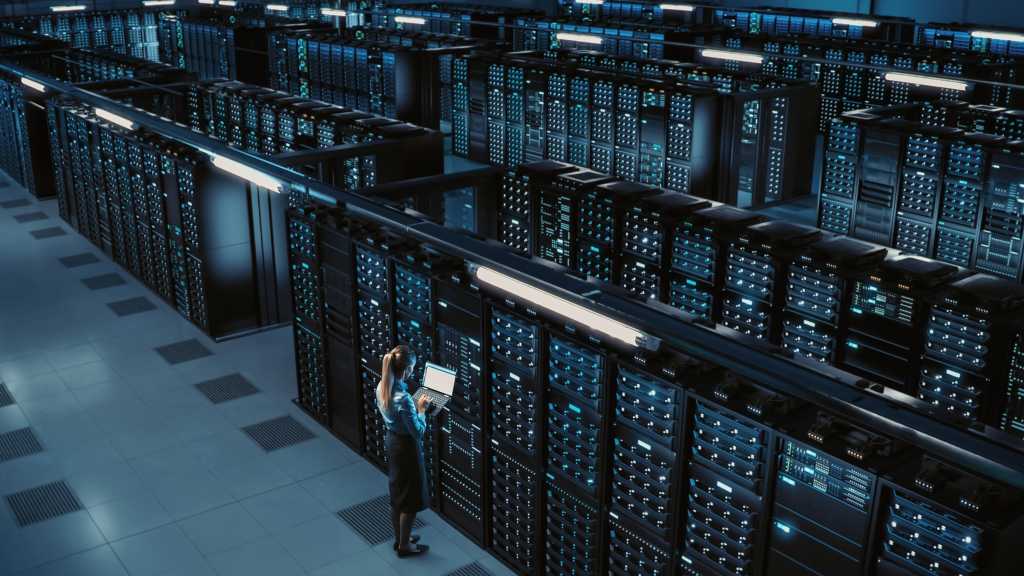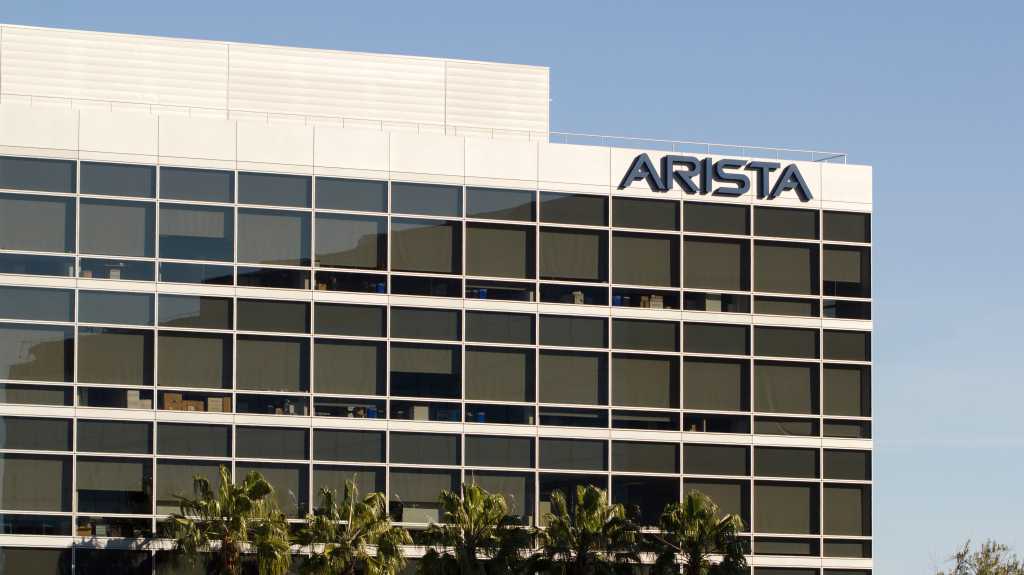
Venture Global Inc. has secured a contract with Petroliam Nasional Bhd. (Petronas) to supply the Malaysian national oil and gas company one million metric tons per annum (Mtpa) of liquefied natural gas (LNG) from its CP2 LNG project in Louisiana.
The 20-year deal “builds upon Venture Global’s existing agreement with PETRONAS for 1 MTPA of LNG supply from Plaquemines LNG”, the Arlington, Virginia-based LNG developer said in a press release Thursday.
“PETRONAS, a world-class partner in the LNG industry, joins other CP2 LNG customers in Europe, Asia and the rest of the world in a strategically important project to global energy supply and security.
“To date, approximately 10.75 MTPA of the 14.4 MTPA nameplate capacity for CP2 Phase One has been sold”.
Separately on Thursday Venture Global said it had completed the offering of senior secured notes with a principal amount of $4 billion to pre-pay certain outstanding amounts under Plaquemines LNG’s existing credit facilities. The notes were issued in two series: $2 billion notes maturing 2034 with a 6.5 percent interest and $2 billion notes due 2036 with a 6.75 percent interest.
Venture Global said it has now issued a total of $6.5 billion senior secured notes for Plaquemines LNG since the project began producing December 2024.
Last month Venture Global said it had started site work at CP2 LNG after receiving final clearance from the Federal Energy Regulatory Commission.
In March the Department of Energy (DOE) conditionally allowed CP2 LNG to export to countries without a free trade agreement (FTA) with the United States. The project has already secured authorization for its export volume, the equivalent of about 1.45 trillion cubic feet a year of natural gas, when it received FTA export approval April 2022.
Venture Global announced full mobilization after the DOE said it has resumed issuing final non-FTA orders by approving a separate project, Sempra’s Port Arthur LNG phase 2 in Texas.
Expected to start operation 2027, “CP2 is a strategically important project that is expected to provide U.S. LNG to customers in Europe, Japan and other allies around the world”, Venture Global said June 3, announcing the launch of site work.
The company added, “CP2 is already well advanced in engineering, procurement and contracting. Separate from the site work commencing now, the Project already has significant off-site work underway on the Project modules and equipment”.
“This significant engineering and off-site progress now positions CP2 as one of the most advanced LNG export projects under development in the United States and we believe, once completed, will position Venture Global to become the top exporter of U.S. LNG”, Venture Global said.
In granting a conditional authorization in March the DOE said it was withholding a final decision pending a review of permitting considerations concerning greenhouse gas emissions, environmental impact, energy prices and domestic gas supply.
In May the DOE said it was ready to proceed with issuing final orders on pending applications to export LNG to non-FTA nations after delivering its verdict on the review initiated by the Biden administration.
Later that month the DOE granted the second phase of Port Arthur LNG a final non-FTA permit. “This is the first final LNG export approval under President Trump’s leadership and marks another step in restoring regular order to LNG export permitting – reversing the previous administration’s pause and delivering on the President’s pledge to unleash American energy”, the DOE said.
To contact the author, email [email protected]
What do you think? We’d love to hear from you, join the conversation on the
Rigzone Energy Network.
The Rigzone Energy Network is a new social experience created for you and all energy professionals to Speak Up about our industry, share knowledge, connect with peers and industry insiders and engage in a professional community that will empower your career in energy.
MORE FROM THIS AUTHOR

